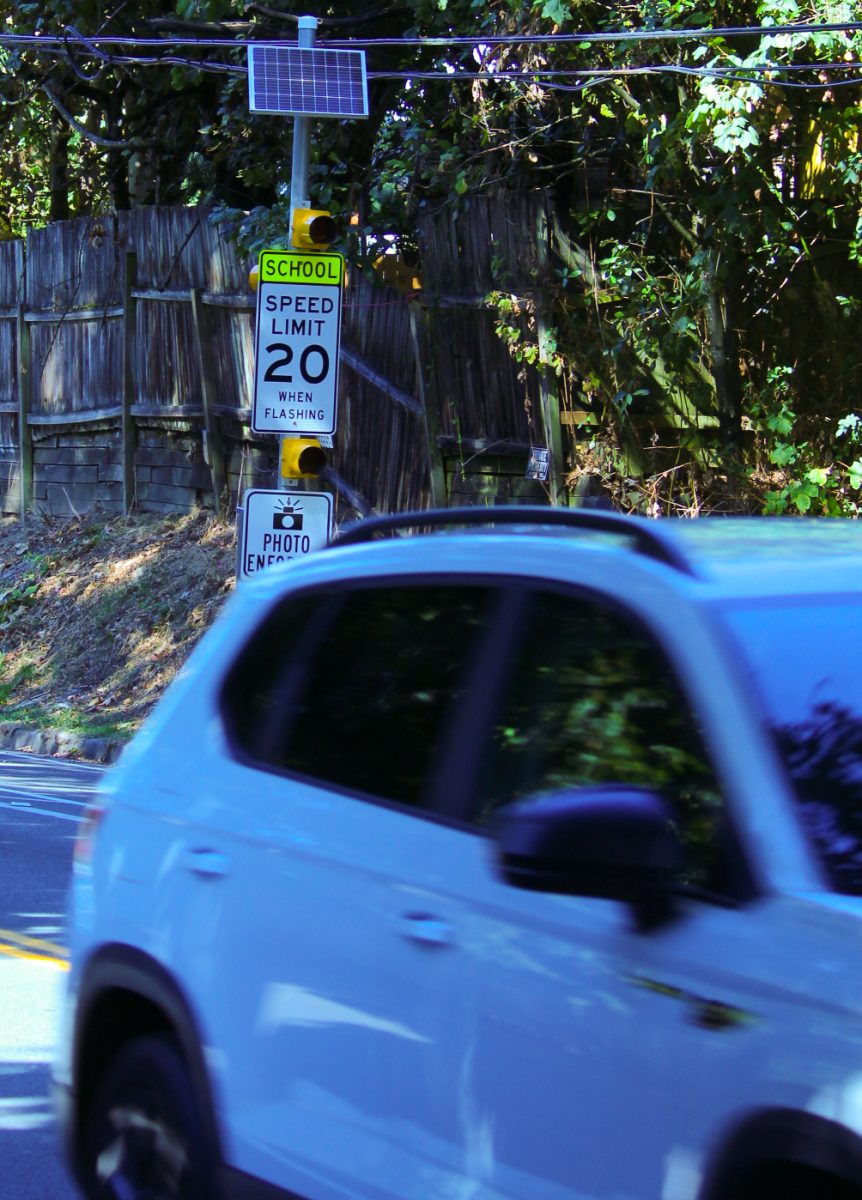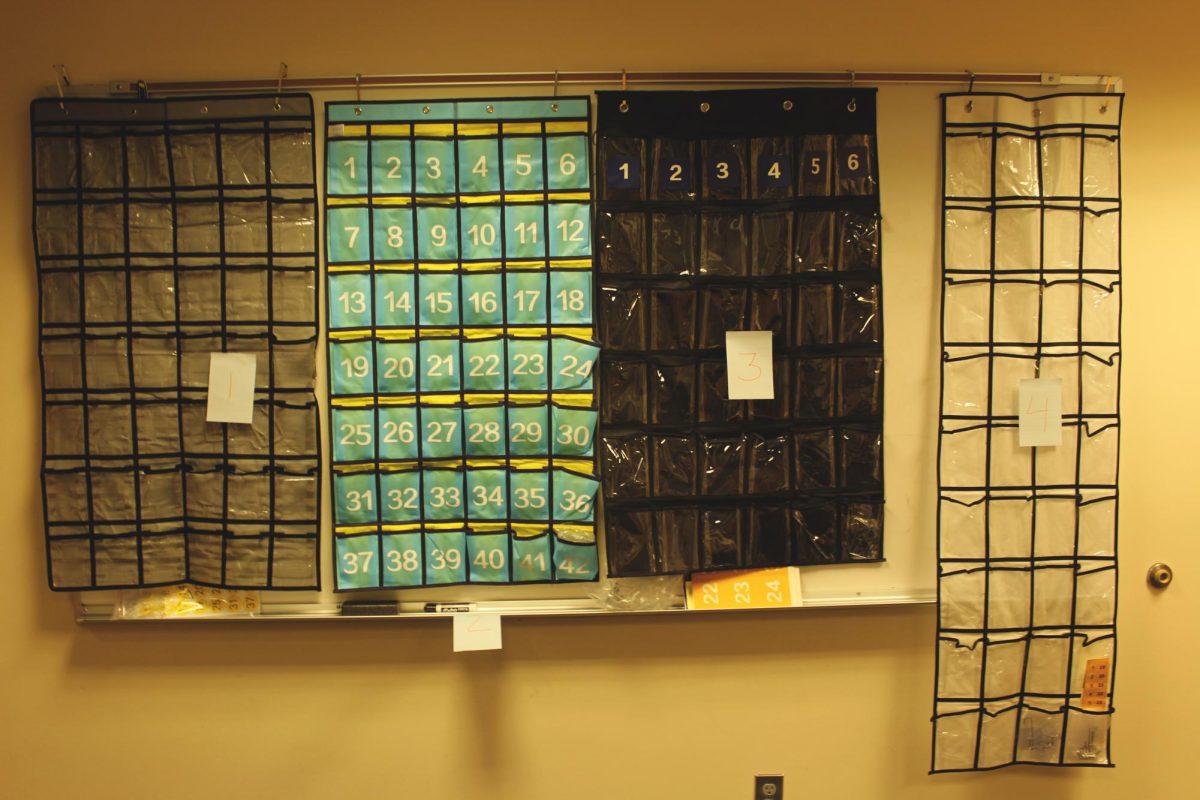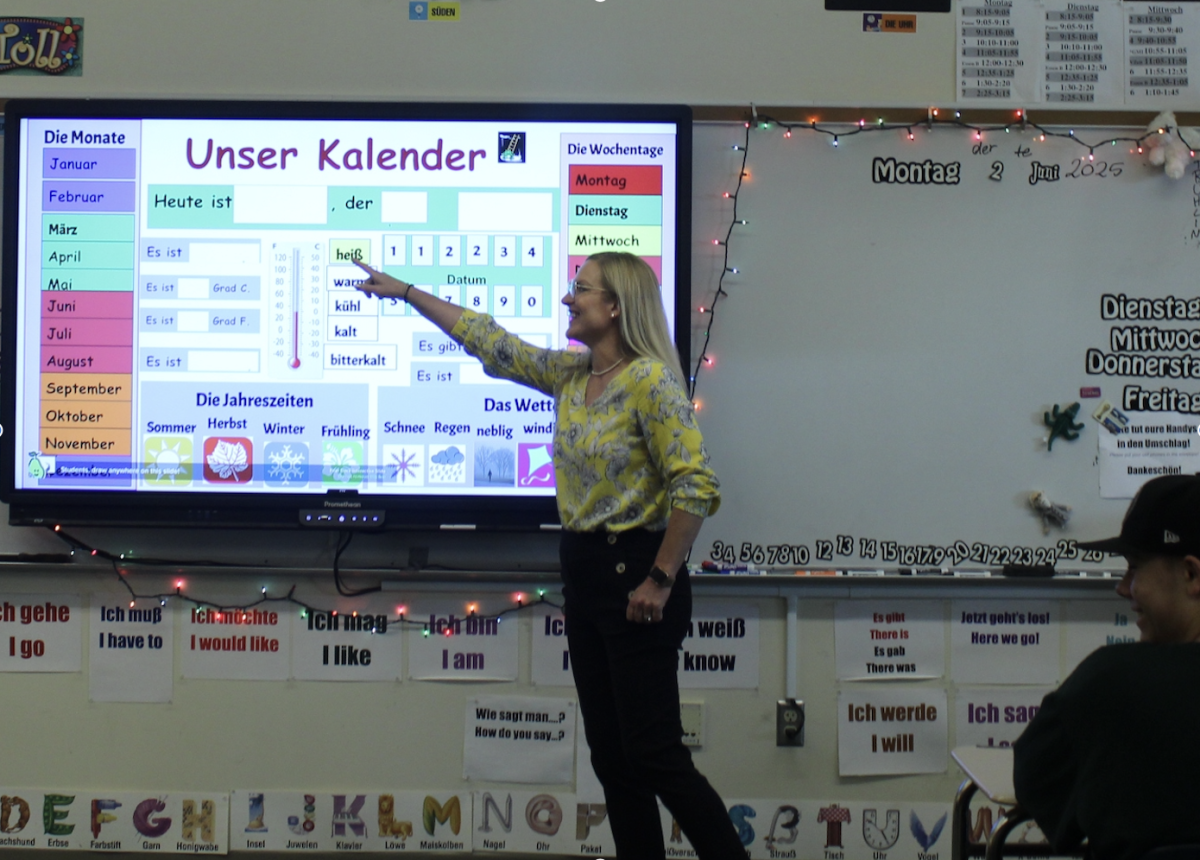The 29th United Nations Conference of the Parties, also known as the Climate Change Conference or COP29, took place from Nov. 11-24 in Baku, Azerbaijan, and resulted in the New Collective Quantified Goal on Climate Finance. The NCQG stated that from now until 2035, wealthy, developed nations designated by the U.N. — such as countries in western Europe, the U.S., Japan, Australia, Canada and New Zealand — would pool together $300 billion per year in total grants to split between two categories of countries: Least Developed Countries (who will be receiving over two-thirds of the money) and Small Island Developing States, both of which will distribute the money amongst themselves amongst themselves to mitigate adverse effects of climate change. A significant caveat is that this promise is non-binding, meaning none of the nations are actually required to contribute to the $300 billion.
“Countries that need to actually make those commitments are the ones that are least likely to actually do so,” senior Global Politics student Colin Chisholm (he/him) said. “Even if they’re agreeing on this world stage, it’s just greenwashing the actual things that they’re doing,”
The developing nations were aiming for more in grants. For instance, the League of Arab States, consisting of 22 Arab countries, asked for around $1 trillion a year, and Pakistan proposed the most, at $2 trillion.
“This, in our opinion, will not address the enormity of the challenge we all face,” Indian delegation representative Chandni Raina said in the closing session of the summit. “Therefore, we oppose the adoption of this document,”
This money isn’t just about adapting to do better for the climate; it’s also about adapting to save people from the increasingly dangerous climate.
“Less developed countries are often countries that are most vulnerable to climate change and therefore want to do decarbonization the most; they just don’t have the money to do so,” Chisholm said.
Another issue within the U.N. climate goals lies with President-elect Donald Trump. In September of 2019, he released a tweet that stated: “The badly flawed Paris Climate Agreement protects the polluters, hurts Americans, and cost a fortune. NOT ON MY WATCH!” During Trump’s first term from 2017 – 2021, he withdrew from the Paris Agreement, but due to the rules around leaving the agreement, it took around four years. By the time it took effect, Biden was voted into office and rejoined the agreement. In June 2024, Trump’s campaign told Politico that he would withdraw from the Paris Agreement again, which would likely have large ramifications for the resolutions made at COP29. This means America would also withdraw from the resolutions at COP29, and the $300 billion will fall to other countries to supply. The U.S. tried to advocate for China and India to contribute to this, even though they’re technically categorized as developing countries.
“There’s gonna be less money overall in that pool, Chrisholm said. “The U.S. contribution – they were trying to Trump-proof it and make it so it’ll still stand without the U.S. support. But it’ll hurt it severely just because of the sheer amount of funds the U.S. could provide.









